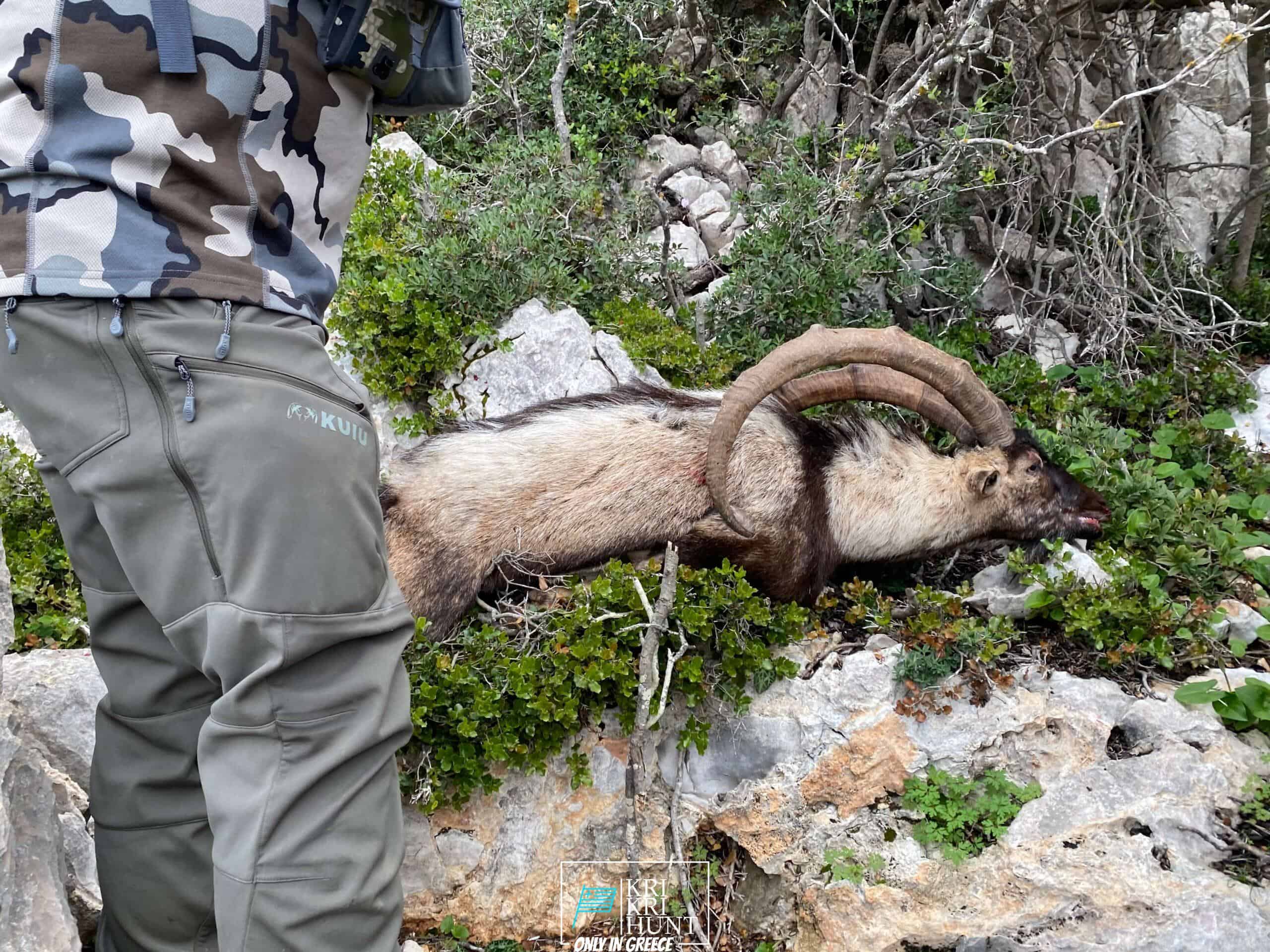
The ibex quest is an incredible getaway and interesting searching expedition in Greece. It is not constantly a difficult search and unpleasant problems for the majority of seekers. What else would you such as to imagine throughout your scenic tour of old Greece, diving to shipwrecks, as well as hunting for Kri Kri ibex on an unique island for 5 days?

Searching Kri-kri Ibex on Sapientza island can be a tough and also challenging task. The surface is tough, with sharp, jagged rocks that can quickly leave you shoeless after just two journeys. Furthermore, firing a shotgun without optics can be fairly difficult. The quest is most definitely worth it for the chance to collect one of these stunning creatures.
To many people, The Peloponnese peninsula on the Greek Mainland is the 'real' Greece, where things have actually not transformed much whatsoever over the centuries despite the fact that lots of people have uncovered it. This is an area where you might easily invest a month or even more however if you are short promptly then our searching as well as visiting Peloponnese Tours from Methoni is a wonderful solution. This covers a big quantity of ground to some of Europe's most amazing sites in just 5 days. You truly will not believe what you see! Whilst the Peloponnese is house to some of the very best coastlines in Greece there are many points to do and also see that it is really a year-round destination. Whilst Summer is the suitable time to invest at the beaches as well as falls, Spring and also Autumn are superb for hiking and also checking out Ancient Ruins, Caves as well as Archeological websites. Also winter season is luring as a number of the communities and towns get some snow, particularly in the mountains, as well as the stone architecture as well as wineries provide themselves to cosy minutes by an open fire. The casseroles and conventional wintertime food is delicious and hearty. Despite what season you pick you will discover the crowds really convenient and also in lots of places, non-existent.
There is truly something for everybody in the Peloponnese peninsula. Whether you want history as well as culture or nature and also outdoor tasks, this is an excellent location for your following holiday. If you are short on schedule, our searching and also exploring Peloponnese Tours from Methoni is a fantastic method to see whatever this awesome location needs to offer.And last but not least, your Kri Kri ibex prize is waiting on you.
What is the diference between Kri Kri ibex, Bezoar ibex and hybrid ibex
The kri-kri is not thought to be indigenous to Crete, most likely having been imported to the island during the time of the Minoan civilization. Nevertheless, it is found nowhere else and is therefore endemic to Crete. It was common throughout the Aegean but the peaks of the 8,000 ft (2,400 m) White Mountains of Western Crete are their last strongholds–particularly a series of almost vertical 3,000 ft (900 m) cliffs called ‘the Untrodden’—at the head of the Samaria Gorge. This mountain range, which hosts another 14 endemic animal species, is protected as a UNESCO Biosphere Reserve. In total, their range extends to the White Mountains, the Samaria National Forest and the islets of Dia, Thodorou, and Agii Pandes.
This Ibex is NOT a diminutive form of the Bezoar Ibex, which has migrated into the western-most reach of the range of this species. The kri – kri (Capra aegagrus cretica), sometimes called the Cretan goat, Agrimi, or Cretan Ibex, is a feral goat inhabiting the Eastern Mediterranean, previously considered a subspecies of wild goat. The kri-kri has a light brownish coat with a darker band around its neck. It has two horns that sweep back from the head. In the wild they are shy and avoid tourists, resting during the day. The animal can leap some distance or climb seemingly sheer cliffs.
“The agrimi goat Capra aegagrus cretica is unique to Crete and its offshore islands. It has been identi®ed as a sub-species of the wild bezoar goat Capra aegagrus aegagrus Erxleben, 1777, which it closely resembles in horn shape, body form and coloration. This classi®cation has been disputed by some researchers who claim that the agrimi are feral goats, derived from early domestic stock brought to the island by the ®rst Neolithic settlers. In order to clarify this issue, DNA analyses (cytochrome b and D loop sequences) were carried out on tissue of live and skeletonized agrimi and compared to sequences of wild and domestic caprines. Results conclusively show the agrimi to be a feral animal, that clades with domestic goats (Capra hircus) rather than with wild Asiatic bezoar. This study demonstrates that morphometric criteria do not necessarily re¯ect genetic af®nities, and that the taxonomic classi®cation of agrimi should be revised.”